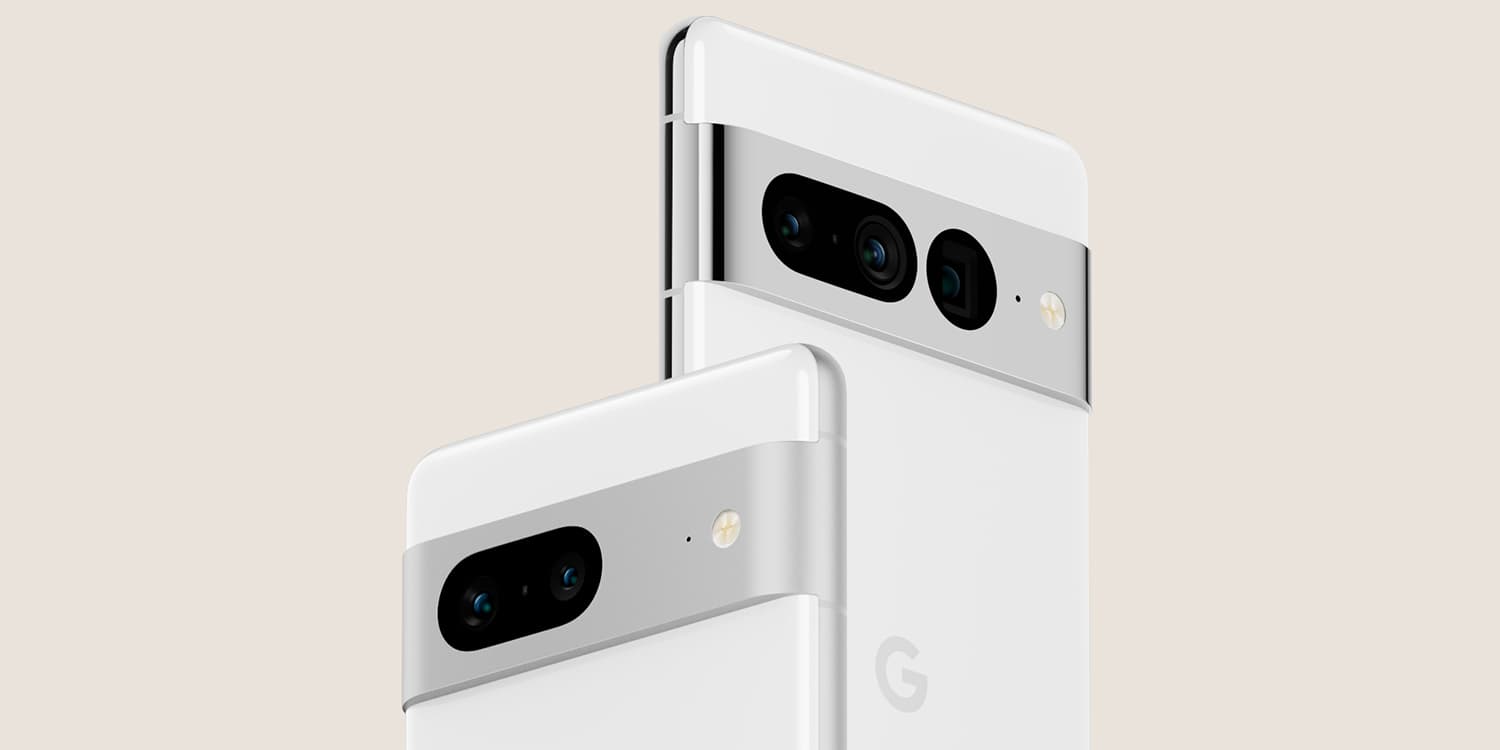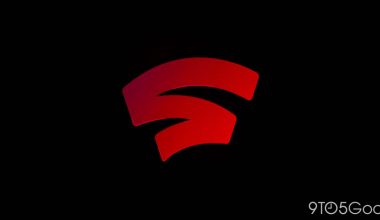The Pixel 7 and Pixel 7 Pro are expected to feature the same displays as the Pixel 6 series, with a few modifications, according to recently discovered specifications for the forthcoming flagship devices.
Google’s smartphones advanced significantly with the Pixel 6 generation, increasing the top model’s refresh rate from 90Hz to 120Hz. For the Pixel series, this generation also saw the introduction of curved displays. Both the Pixel 6 and 6 Pro have reasonably recent Samsung panels, but in our review, we discovered that both were outperformed by this year’s Galaxy S22 and Samsung’s own Galaxy S21 series.
We know a lot about the incoming Pixel 7 and Pixel 7 Pro as of Google I/O 2022, as the company presented its whole range of Android devices out into 2023 (or most of it, more on this later). We’ve seen how the two phones will improve the famous Pixel 6 series design as well as how the internal hardware will advance from the Google Tensor chip’s debut.
However, Google hasn’t revealed a lot of information regarding the Pixel 7 and Pixel 7 Pro, including their internal specifications or even the design of their fronts. With respect to the latter, we’ve found code in the Android Open Source Project that exposes the displays the Pixel 7 series is using.
THE SPECS OF THE PIXEL 7 ANDAMP; 7 PRO DISPLAY More particular, we discover that Google has developed two new display drivers, designated tagged with C10 and other with P10, , which correspond to the codenames Cheetah and Panther for the Pixel 7 and 7 Pro, respectively. These files have provided us with fairly accurate display specifications for the next Pixel phones.
The Pixel 7 Pro will have a 1440 x 3120 display with a refresh rate of 120Hz, while the smaller Pixel 7 will have a 1080 x 2400 display with a maximum speed of 90Hz. These specifications are the same as those found on the Pixel 6 series from the previous year if they appear familiar.
And that’s not a coincidence either, since the Pixel 7 and Pixel 7 Pro are expected to have the same same Samsung panels—S6E3FC3 and S6E3HC3—as their forerunners.
On the one hand, this is a little depressing because it means the display won’t see much improvement over last year’s phones. Despite this, other adjustments are still in store.
The Pixel 7 is expected to be slightly smaller than the Pixel 6, and the display will reflect that by being 1 mm narrower and 2 mm shorter. This is the most noticeable of these differences. In contrast, the Pixel 7 Pro’s display is the same size as the Pixel 6 Pro’s.

Instead, it looks that the Pixel 7 Pro’s display now has a native 1080p mode. By rendering everything at 1080p and allowing the panels DDIC scaling transform it to 1440p, we think this might be leveraged to allow Android to save power. Even while it might not be as visually appealing, it is likely intended as an optional battery-saving measure, perhaps as part of Low Power Mode. Similar scaling techniques for battery conservation have been employed by Samsung and other Android OEMs.
Notably, Google has been working to support an nearly identical display alongside the one specifically designated for C10. As a result, it’s feasible that the Pixel 7 Pro could receive a modest hardware update to its display. The S6E3HC 4 model number on this display indicates that it might be a generation newer. Although there is currently no indication that this will actually be included on the Pixel 7 Pro, the almost comparable feature set gives room for speculation.
Overall, these recently discovered display specifications seem to support the notion that, at least in terms of hardware, the Pixel 7 and 7 Pro will be more iterative entrants. Our most likely scenario is that Google will start releasing updates for the Pixel series on a tick-tock schedule in the future, but only time will tell.
The author of this article is Dylan Roussel .
FTC: We employ automatically earning affiliate connections. More.
Check out 9to5Google on YouTube for more news:







